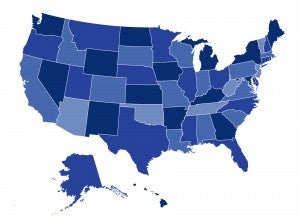
By Justin Giovannelli, Kevin Lucia, and Sabrina Corlette
The Affordable Care Act strengthens the quality of health coverage by requiring insurance companies to cover ten categories of essential health benefits (EHB). The EHB reforms were a signature component of the health law and were designed to ensure that Americans nationwide would be protected by a common set of robust insurance benefits comparable to those provided by employer-based coverage.
Federal officials implemented these requirements through a regulatory framework that delegated many important decisions about the design and content of the EHB package to the states. Officials described this approach as “transitional” and pledged to reassess it in time for the 2016 coverage year.
As they seek to determine how the current EHB framework is working for consumers, federal regulators first must identify how states used their flexibility to shape their EHB packages.
In a new issue brief for The Commonwealth Fund, Justin Giovannelli, Kevin Lucia, and Sabrina Corlette examine state approaches to EHB policy in five key areas and find significant differences in the paths states pursued. This variation suggests that it is particularly important for regulators to make use of coverage data—which insurance companies must disclose under the health law—to determine whether consumers are experiencing the coverage improvements promised by reform. You can read the full brief here.


1 Trackback or Pingback